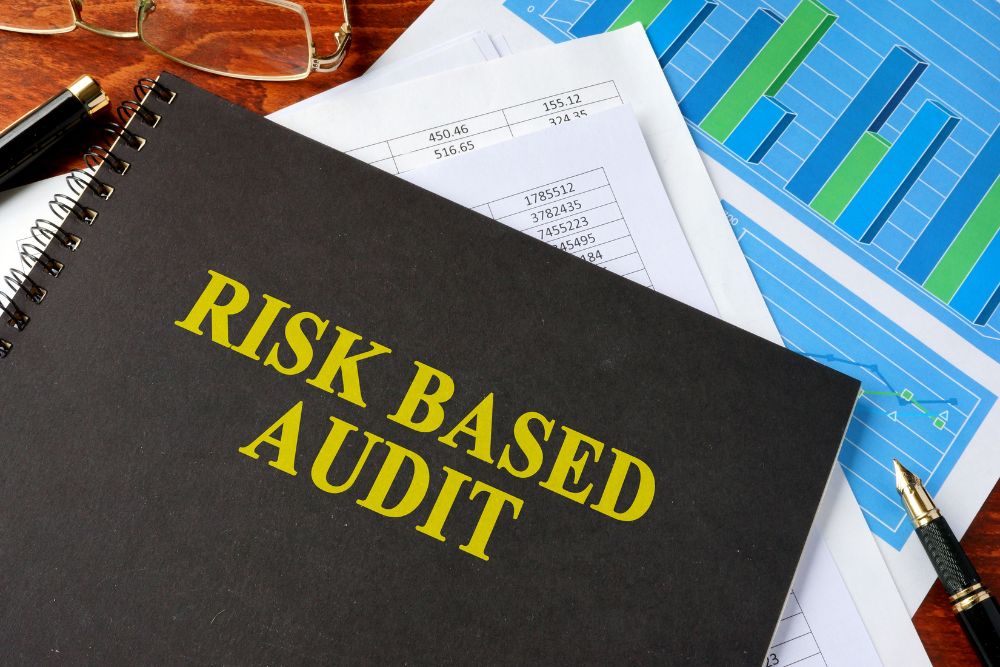In today’s dynamic regulatory landscape, resource efficiency is more important than ever. Risk-based pharmacovigilance (PV) auditing offers a smart, strategic approach to ensuring compliance without overextending your teams or budgets. Instead of auditing all functions equally, a risk-based model focuses attention where it matters most—on areas with the highest potential for regulatory exposure or patient impact.
So how do you adopt this approach effectively? This guide explains what risk-based PV auditing involves, and how it can help you achieve better compliance outcomes with fewer disruptions.
What Is Risk-Based PV Auditing?
Unlike traditional audit planning, which may treat all processes and affiliates equally, risk-based PV auditing takes a more targeted approach. It prioritises audit activities based on:
- The inherent risk of the activity (e.g., case processing vs. newsletter distribution)
- The criticality of the process to patient safety
- The compliance history of the function, vendor, or affiliate
- The potential regulatory impact of non-compliance
The result? A more agile and intelligent audit strategy that maximises impact while minimising unnecessary workload.
Key Steps in a Risk-Based PV Audit Programme
1. Define Your Risk Criteria
Set clear criteria for ranking different PV activities, such as frequency, complexity, data volume, and prior findings.
2. Conduct a Risk Assessment
Review your entire PV system to identify high-risk areas, including case processing, aggregate report management , literature screening, signal detection, and vendor oversight.
3. Build a Risk-Based Audit Plan
Use your assessment to prioritise audits by risk level. Higher-risk functions may require annual audits, while lower-risk areas may follow a two- or three-year cycle.
4. Tailor the Audit Scope
Focus your audit scope based on identified risks. For example, a vendor audit may focus more heavily on data integrity and safety reporting timelines.
5. Monitor and Reassess
Re-evaluate risk annually or after significant changes (e.g., regulatory updates, mergers, CAPA implementation) to ensure your audit plan remains current and fit for purpose.
Benefits of a Risk-Based Approach
A well-executed risk-based PV audit programme offers several advantages:
- Targeted focus on high-impact areas
- Improved efficiency, reducing unnecessary audits
- Better resource allocation across QA and PV teams
- Smarter decision-making backed by data and insight
- Stronger inspection readiness for regulators like MHRA, EMA, or FDA
How Q&V Can Help Streamline Your Audit Strategy
At Q&V, we work with life sciences organisations to design and implement risk-based pharmacovigilance audit frameworks that are both pragmatic and regulator-ready. Our experienced team combines deep regulatory knowledge with practical auditing expertise to help you prioritise effectively and streamline your compliance efforts.
Whether you need help conducting a full PV system risk assessment, building an audit strategy, or carrying out targeted audits with a quality focus, Q&V is here to support you.

